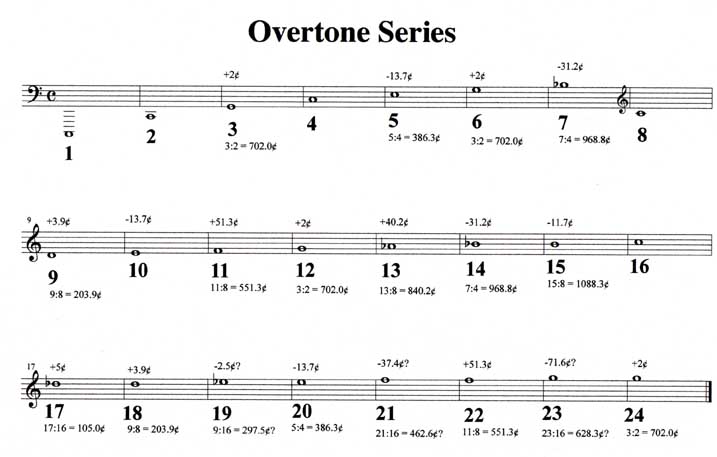BTW, your argument on this issue isn't with me or even the course, it's with the overtone series itself and physics. Helmholtz' "On the Sensations of Tone" explores the subject in detail.jancivil wrote:
The b9 is illegal unless there's a minor seventh (in a tertial harmony, by definition), et cetera; but this is not married to any musical style, that's supposed to be abstract. That is pure bullshit, and it's depressing that it isn't obvious to you.
Ted Pease and Ken Pullig's book "Modern Jazz Voicings" (Berklee Press) states it in this way, "Any note a half-step above a chord tone is generally not available, with these exceptions:
1. b9 is available on Dominant seventh (b9) chords.
2. b13 is available on Dominant seventh (b13) chords.
3. Modal contexts allow tensions such as b13 in Aeolian and b9 or b13 in Phrygian."
You could play the 4th above a major chord or a major 3rd above a minor chord, but you're not going to get any gigs doing that.




